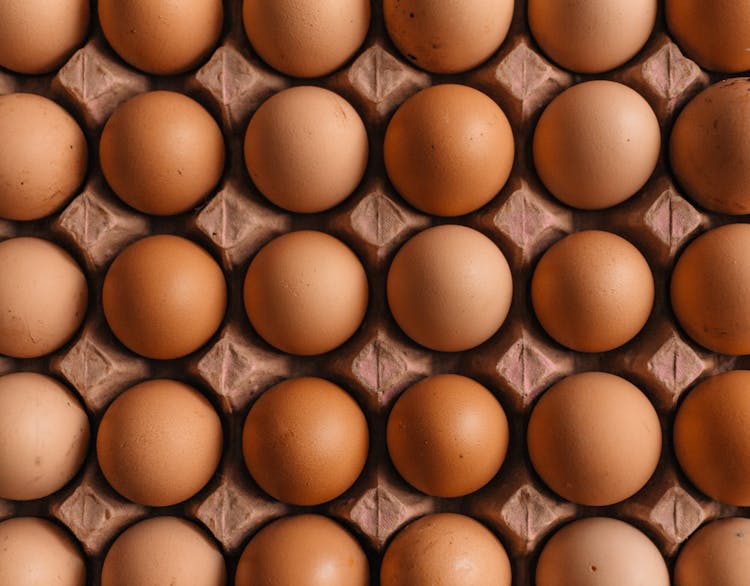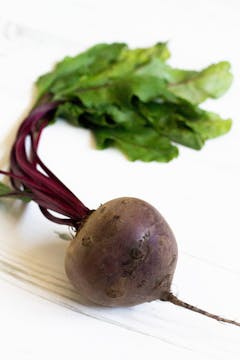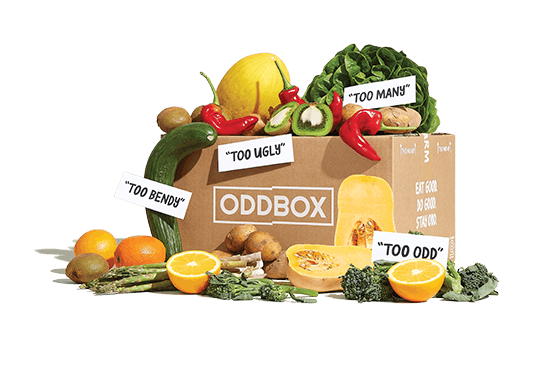How to check your food is still good to eat
A large proportion of the food we bin might be past its ‘best before’ date but it’s often still perfectly good to eat. These confusing dates, stuck onto most of our packaged foods, don’t actually tell us when our food is unsafe to eat. Rather, they’re an indication of their freshness and used by shopkeepers to rotate their stock. Use-by dates are really the only dates that show when food is dangerous to eat after an estimated time.

EGGS
A 2018 study by the food-waste app Too Good To Go showed that Britons throw away a huge 720 million eggs a year. While one in three people said they bin eggs that are past their ‘best-before’ date.
Rather than go by the date on the carton, do the egg test. Pop your egg in a glass of water and see what happens. If it sinks to the bottom, it’s still fine to eat. If it floats, it’s best thrown away. The reason this works is because air builds up inside the egg over time helping it to float in water – if it sinks, this means it’s still relatively fresh.
MILK
A good old sniff test is what’s needed here. Milk will smell sour when it’s starting to go off, and will curdle when really old. If it’s only just on the turn, it’s still safe to eat although probably not very nice on your cornflakes. Turn it into a fresh paneer-like cheese instead and flavour with salt and fresh herbs.
CHEESE
Hard cheese, like Cheddar, will develop a mouldy outer layer. To save it, cut off the mould to reveal more perfectly edible cheese underneath. Mouldy soft cheese, like cream or cottage cheese should be binned.
FRUIT & VEGETABLES
Check your fruit and veggies’ ripeness by touching them and checking for any bruises.
Throw away any fruit and veg that is rotten, green, mouldy or smelling off. Here are more examples:
- As vegetables like celery, spring onions, carrots, lettuce and beetroots get older, they tend to lose their moisture and look a bit floppy or wilted. At this point, you can often revive them by putting them in water and watching how they perk up.
- Mash soft avocados into a guacamole, but any that are super squidgy with brown flesh are best binned.
- Potatoes with a few sprouts are still fine (just cut them off) but throw any that are mouldy, very green or soft.
- Wilted looking lettuce is just fine, but chuck it if it’s brown or soggy.
- If your apples or pears are bruised, you can cut out the brown parts and eat the rest. Throw away any that are really soft and mouldy. Read more here on how to tell when fruit is ready to eat.
BREAD
Supermarket bread often contains preservatives so it tends to last longer than sourdough or fresh bakery loaves. Supermarket bread will develop green or black mould and at that point should be thrown away, while sourdough bread is more likely to go hard and stale, at which point you can blitz it into breadcrumbs and keep it to use in your cooking. Slice and freeze your bread before it gets a chance to go off so you’re never short of your morning toast.
MEAT & FISH
Meat and fish often comes with a useful ‘use-by’ date, which you should definitely pay attention to. This indicates when your food is no longer safe to eat. Gone-off fish and meat may be discolored, sticky or slimy with a strong ‘off’ smell.



